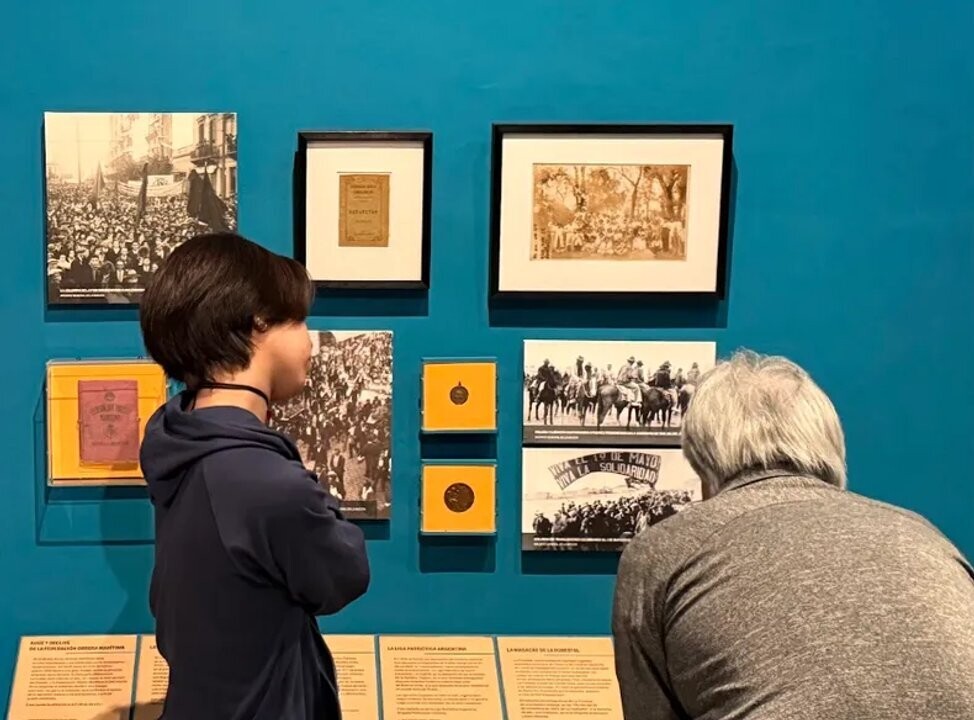
The National Historical Museum hosts the exhibition "Time of Crowds", which is available for visits from Wednesday to Sunday from 11 AM to 7 PM. The exhibition offers a glimpse into objects and images of Argentine political life during the first half of the 20th century, a period characterized by notable economic, demographic, and technological growth in Argentina.
Among the key actors of that time are modern political parties, labor unions, the armed forces, and the Church, which became fundamental alongside the State. The theme of 1900-1955 of Argentine history is the focus of "Time of Crowds", part of the National Historical Museum's permanent exhibition, which includes two new rooms open to the public.
Gabriel Di Meglio, the museum's director, points out that this is the first time a chronologically organized script featuring objects and images of Argentine political life from the first half of the 20th century is presented in the permanent exhibition. This renewal is part of the ongoing update of the museum's main exhibition initiated in 2021, which also plans to address the second half of the 19th century, as well as the pre-Hispanic and colonial periods in the future.
The new exhibition is structured around four temporal axes that showcase highlighted heritage from various regions of the country and is the result of the collection expansion campaign launched in 2021 to include the 20th century in its holdings. "Time of Crowds" can be visited at the National Historical Museum from Wednesday to Sunday and holidays from 11 AM to 7 PM.
The exhibition includes a variety of significant objects such as presidential bands, the first Peronist drum, a ballot box used in crucial elections, a uniform of General José F. Uriburu, clothing of prominent figures like Eva Duarte and Cecilia Grierson, glasses of Ricardo Balbín, among others. Additionally, political posters, photographs from the era, and portraits of relevant political figures such as Julio A. Roca, José Figueroa Alcorta, Roque Sáenz Peña, and Eva Duarte, among others, are displayed.
The heritage exhibited in "Time of Crowds" consists of pieces that were part of the museum's collection and others recently incorporated through donations. The society of that time was characterized by significant social and regional inequalities, which generated conflicts and transformations, marking the beginning of a new era with greater prominence of the masses and democratization. Admission to the exhibition is free.













